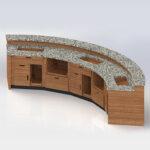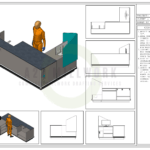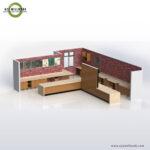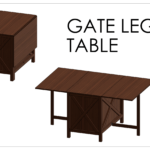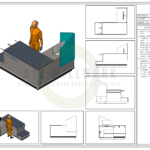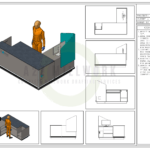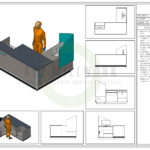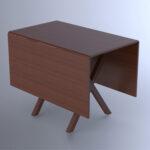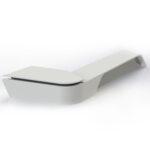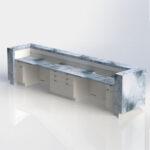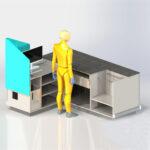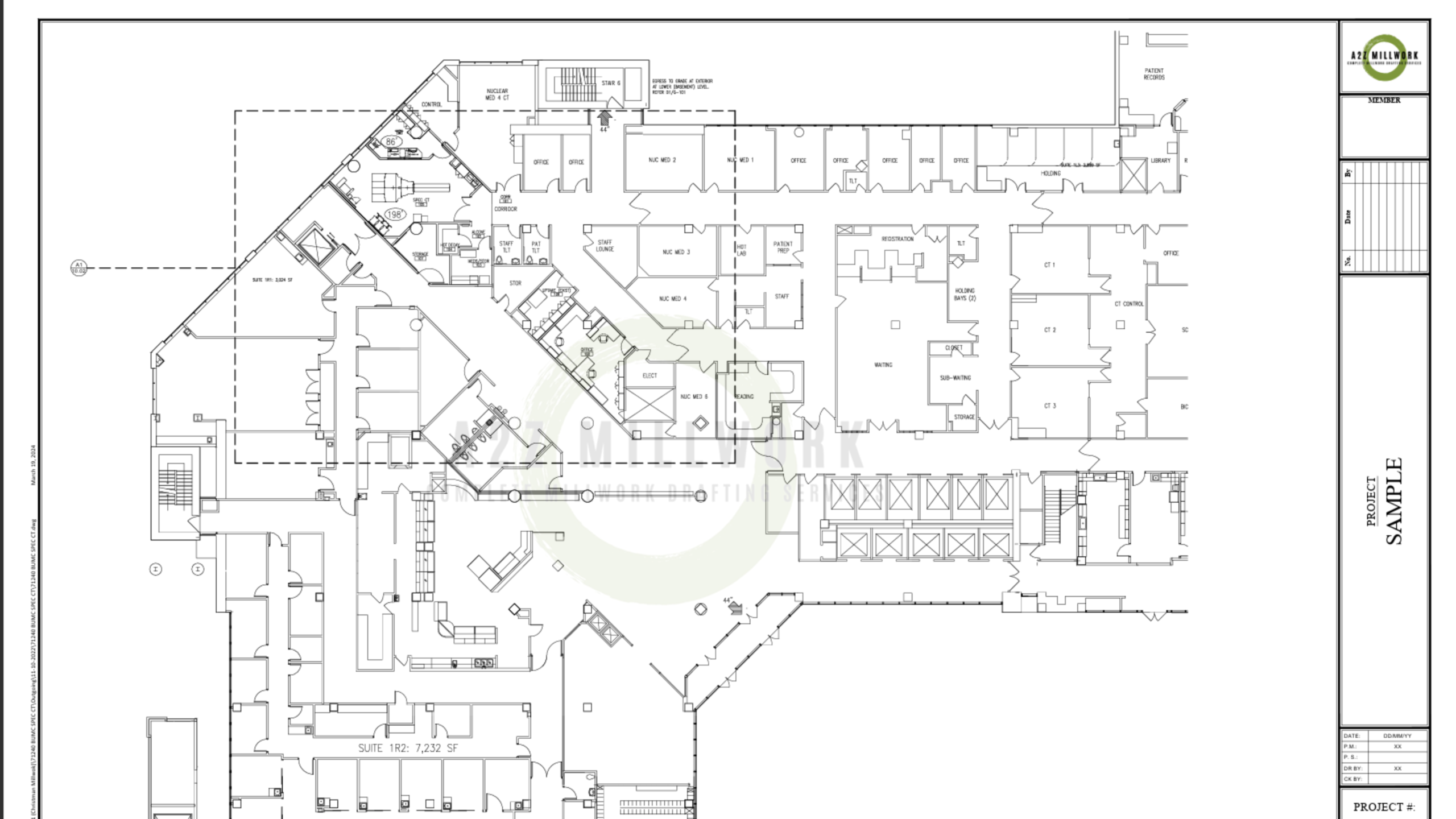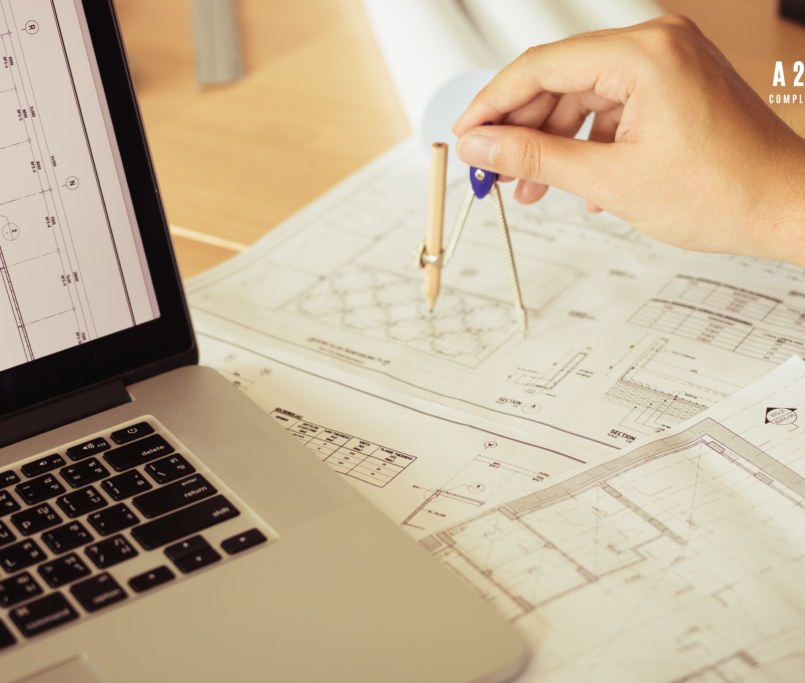As millwork furniture continues to evolve in terms of design complexity and manufacturing requirements, CAD drafting and drawings play a crucial role in streamlining and error-proofing manufacturing processes.
Integrating the latest design trends seamlessly and accurately into millwork manufacturing requires meticulously executed drawings and effective information flow between furniture designers and manufacturers.
Here are six key benefits of CAD drafting for millwork furniture manufacturers:
Precision Manufacturing Control:
CAD drawings ensure manufacturing accuracy by providing comprehensive technical details about the furniture products and their internal part alignment. These detailed drawings facilitate precise information sharing across multidimensional views, allowing shop floor managers to understand how each part fits into the assembly, minimizing deviations during manufacturing.
Early Approval for Design Changes.
Digital CAD drafts allow designers to explore modifications based on customer feedback before investing in manufacturing, reducing costs and ensuring design approval before production begins.
Facilitation of Prefabrication:
Detailed millwork CAD drawings enable offsite manufacturing of components, ensuring seamless assembly and integration into the current setup. These drawings include information on component details as well as installation guides, minimizing errors during assembly and ensuring hassle-free furniture installation for customers.
Convenient File Formats:
CAD offers multiple file formats for seamless communication between stakeholders and across platforms, preventing the loss of design intelligence during data exchange. From neutral file formats like IGES or STEP for cross-platform exchange to formats like DWG or DXF for final design output, CAD facilitates efficient communication throughout the manufacturing process.
Optimization of Manufacturing Space:
Millwork shop drawings, developed from native architectural plans, allow for efficient use of available space, eliminating cramped or irregular looks within the space. This optimization enables manufacturers to offer sophisticated and highly customized products to customers while maximizing space utilization.
Precise Display of Functionality:
CAD drafting offer a clear representation of design intent, highlighting each design feature and material’s functionality. Whether it’s demonstrating the functionality of a metal locker or a wooden cupboard, detailed CAD drawings help manufacturers understand the mechanisms of customized 3D models, simplifying the sales process.
Improved Design Understanding for Easy Installation:
CAD drawings ensure error-free communication of design specifications, following industry-standard Geometric Dimensioning & Tolerance (GD&T) methodologies. By providing in-depth details on dimensioning, parts, and assembly, CAD drawings simplify the manufacturing and assembly processes, ensuring precise assembly of each component.
In conclusion, CAD drafting is a simple yet effective way to address manufacturing challenges in complex millwork and furniture designs. By leveraging CAD technology, manufacturers can deliver customized furniture pieces with quality and on-time delivery, meeting the demands of today’s fast-paced and customer-driven market.


